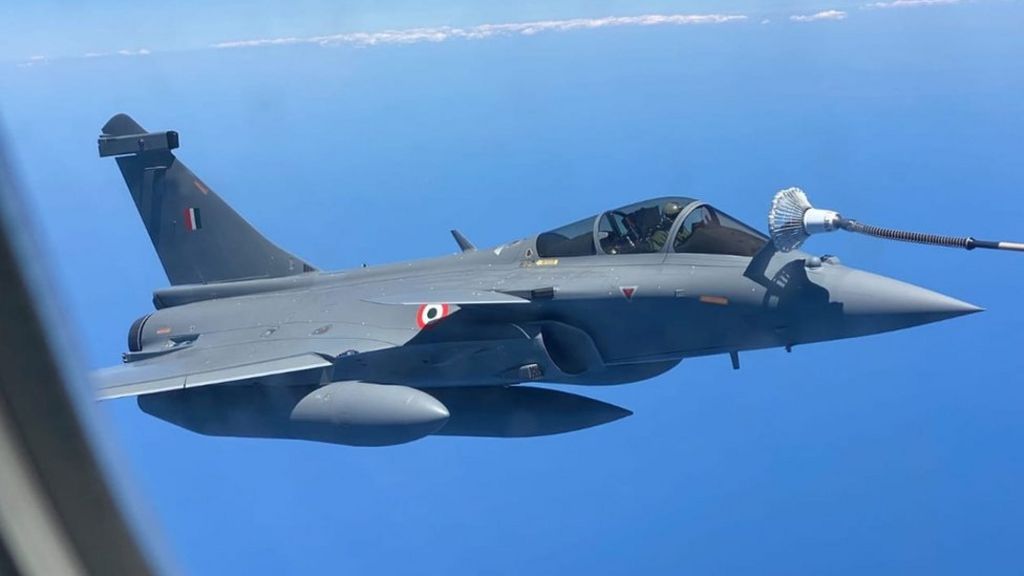
Rafale: A Great Operational Asset
Fri, 25 Sep 2020 | Reading Time: 6 minutes

As the war clouds hover in Ladakh, Indian Air Force (IAF) inducted the Rafale fleet in a formal ceremony on 10 September 2020 at Ambala. Indian Defence Minister Rajnath Singh dedicated the aircraft to IAF in the presence of the French Defence Minister and a high level defence delegation from France. The 36 Rafale aircraft were contracted at a cost of around Rs 58,000 Crore in September 2016. All 36 jets are to be delivered by 2022. Ceremonials apart, the aircraft would be a great operational asset, and the IAF is quickly getting the aircraft operationalised.
The Rafale Deal
In September 2016, India and France signed an inter-governmental agreement (IGA) for the acquisition of 36 aircraft at a total cost of €7.87 billion (Rs 58,891 Crore). It included 28 single-seat aircraft and 8 dual-seat aircraft. The deal also includes tailor-made enhancements for the IAF, a separate weapons package and a performance-based logistics agreement. The weaponry procured included missiles such as the MICA and Meteor Beyond Visual Range (BVR) air-to-air missiles and SCALP air-to-ground cruise missiles. The nearly dozen India-specific enhancements include the integration of an Israeli helmet-mounted display (HMD), radar warning receivers and low-band jammers. The agreement includes a 50% “offset clause”, which required the companies involved in the agreement primarily Dassault, Thales, Safran and MBDA to invest 50% of the contract value (Rs 30,000 Crore) back into India. According to the deal, the delivery of the jets was to be completed in 67 months from the date the contract was inked.
Training in France
Normally very professionally good personnel are chosen for training abroad. These personnel later become the nuclei for training the others in India. Training for IAF personnel includes flying training for IAF pilots and technical training for engineers and technicians. Pilots have gone through ground training on basic aircraft systems, the operational systems and weapons and for their exploitation. Eleven pilots were initially trained and are now qualified instructors on the type. Eight more are undergoing training. One third batch of pilots will commence training later in the year. The flying training is being done at Mont-de-Marsan airbase in South West France. Even IAF Mirage 2000 flying training was done at this base.
Formation of the First Squadron
First five aircraft were flown to India by IAF pilots. They landed at their home-base Ambala on 29th July 2020. 17 Squadron ‘Golden Arrows’, ‘number-plated’ in 2016, was resurrected on 10 September 2019 at Ambala. This is the first Rafale squadron. Interestingly, former Air Chief Dhanoa had commanded this squadron during the Kargil war. The pilots trained abroad are posted to this squadron. They will also be the core group to formulate Standard Operating Procedures (SOP), tactics and weapon system exploitation for fleet operations in India. Engineers and technicians will formulate maintenance SOPs. This core group would also split into two to form the second Rafale squadron at Hashmira in the east a year later.
Ambala Air Base
Ambala airbase is nearly 200 km from India’s Western border. This distance gives enough depth and yet is near enough to launch offensive missions across the western border. Interestingly it is also just 200 km from the China border and the location supports missions against China. Chinese airbase at Ngari Gar Gunsa opposite Leh is a little over 300 km from Ambala. Infrastructure at Ambala airbase, to house the Rafale has been coming up for some time. Most of the existing infrastructure will be usable by the Rafale fleet. The Rafale simulator and the type-training TETTRA School is coming up here. Facilities for engine test-bench may be required. Later similar infrastructure will come up at Hashimara, which is a base near critical Sikkim, Bhutan and Arunachal.
Rafale – the Weapon Platform
Rafale DH (two-seater) and Rafale EH (Single-seat) variant, are twin-engine, delta-wing, 4th plus generation fighters with semi-stealth capabilities. It is an agile aircraft and capable of simultaneously packaging air superiority, interdiction, reconnaissance, and airborne nuclear deterrent missions. The aerodynamically unstable aircraft uses digital fly-by-wire flight controls. The actively coupled canard wing allows high maneuverability. The aircraft is designed for reduced radar cross-section (RCS) and infra-red signature. There is extensive use of composite materials. The glass cockpit is designed around the principle of data fusion. A central computer prioritizes information to display to pilots for simpler command and control.
The Rafale is fitted with two Snecma M88 engines, each capable of providing up to 50 kilo-Newton (kN) of dry thrust and 75 kN with afterburners. The engines feature several advances, including technology to reduce radar and infrared signatures. The engine is of a modular design for ease of maintenance and upgrades. A thrust vectoring variant of the engine designated as M88-3D is also under development.
Rafale also features an advanced avionics suite. The total value of the radar, electronic communications and self-protection equipment is about 30% of the cost of the entire aircraft. The aircraft’s RBE2 AA active electronically scanned array (AESA) radar has a field of view of 70° on either side of the aircraft axis and extended range capabilities supporting low-observable target detection. Its onboard capabilities include SAR (Synthetic Aperture Radar) imaging and improved resistance to jamming. Rafale radar-absorbent makes extensive use of materials (RAM). The SPECTRA integrated electronic warfare suite provides long-range detection, identification and accurate localization of infrared homing, radio-frequency and laser threats. The system incorporates a radar warning receiver, laser-warning, Missile Approach Warning (MAW) for threat detection plus a phased array radar jammer and a decoy dispenser for threat countering. The Thales/SAGEM Optronique Secteur Frontal infra-red search and track (IRST) system uses a narrow field for tracking air targets at ranges up to 100 kilometers.
A host of latest weapons would also get inducted. Aircraft has a 30 mm cannon with 125 rounds. The 14 hard-points can carry 9,500 kg external loads. The air-to-air missiles include MBDA MICA IR or EM, and MBDA Meteor. Meteor is an active radar-guided, beyond-visual-range air-to-air missile (BVRAAM). Meteor offers multi-shot capability against long-range maneuvering targets, jets, UAVs and cruise missiles in a heavy electronic countermeasures (ECM) environment with range well over 150 kilometers. The no-escape zone of over 60 km is the largest among air-to-air missiles according to the manufacturer. Among the host of air-to-ground weapons is the MBDA Storm Shadow/SCALP-EG cruise missile with 450 kg warhead and 560 km range. Aircraft have been used in combat in Iraq, Afghanistan, Libya, Mali and Syria. The aircraft will bring new levels of technology. It would help India dominate the Indian Ocean Region (IOR). Based on Mirage-2000 experience it is likely to have much higher serviceability, low turn-around time, and high mission accomplishment rate. There is already a proposal to acquire (on the fast track) the HAMMER (Highly Agile Modular Munition Extended Range) Air-to-Ground Modular Weapon (AASM). AASM comprises a frontal guidance kit and a rear-mounted range extension kit matched to a dumb bomb. The basic version features a 250-kilogram bomb. There are also versions with 125, 500 or 1,000-kilogram bomb bodies. Typically the weapon has a range of around 60 km.
Operational Preparation and Deployment
The IAF endeavors to quickly make the fleet fully operational. They would have begun flying operational missions along with the radar controllers. They will also quickly hone their weapon delivery skills. Pilots would practice dissimilar air combat tactics (DACT) with other fleets. Rafale will fly mixed formation missions in realistic war-like scenarios. They will fly network-centric missions in different roles, including airstrikes, air-defence and electronic support roles. They would also fly coordinated missions with strategic assets like air-refueled and AWACS. They will perhaps also take part in short inter-service joint exercises. In view of the stand-off with China, the normal time frame for fleet operationalisation of 4-6 months would now have been compressed to maybe 1-2 months.
Comparison to Other Aircraft in the Region
Among the main Chinese fighters are Chengdu J-10 which is essentially a modified Israeli “Lavi” aircraft which was derived from the American F-16 base model. It can best be considered equivalent to the F-16 A/B. China has over 400 of these. It can carry the PL 12 BVR missile with a range of 70-100 km. The Shenyang J-11 is a Chinese copy of the Su 27. It also carries the PL 12 missile. It is much inferior to Indian Su 30 MKI. China developed the Shenyang J-16 fighter based on the J-11B airframe, with modifications from the Russian Sukhoi Su-33MKK that was sold to China in 2000. They have around 130 of them. They also carry the PL 12 and also may carry the longer range PL 15 missile. The PL 15 may have a range of around 150 km, though Chinese propaganda claims it has a range in excess of 200 km. China also has the Su 30 MKK which is similar to IAF’s Su-30 MKI. China also has just one squadron of Russian Su 35 (24 aircraft), which is a more advanced variant of the Su 30 MKK. Maybe they have bought it for reverse engineering. China’s latest fifth generation fighter, J 20 has just entered service. IAF’s combination of Rafale, Su 30 MKI, and upgraded Mirage 2000 and MiG 29 will be a formidable combination and challenge to PLAAF. In addition, the Jaguar, MiG 21 Bison and the indigenous LCA Mk1 make great fighter assets. Rafale will stand out to be a much better and operationally tested fighter compared to all Chinese assets. The best aircraft with Pakistan is the F 16 Block 52 with its AMRAAM missile (120 km range). Most top-end IAF fighters have an edge over this aircraft.
Rafale: A Great Operational Asset
Equipped with a wide range of weapons, the Rafale would perform air supremacy, interdiction, aerial reconnaissance, deep ground strike, anti-ship strike and nuclear deterrence missions. Referred to as an “omnirole” aircraft by Dassault, it can fly more than one type of role in a single mission. The class and range of the AESA radar, IRST, avionics, fused data, stealth features, SPECTRA protection suit, and most importantly the weapons put it in a different class both on western and northern borders. Rafale is likely to maintain high availability and mission success rate. The 50 percent offsets could in a way support Make-in-India requirements. 36 is an odd figure and just makes for two squadrons. Like India did in other fleets in the past, follow-on order for another 36 could make viable operational numbers. Ideally, the IAF could seek a full complement of 90 aircraft and make them in India and not pursue the 114 new fighters. This would also prevent creating additional fleets. Rafale will be a great operational asset for IAF.
The views expressed are of the author and may or may not represent the views and policies of Chanakya Forum.
Disclaimer
The opinions expressed in this article are the author’s own and do not reflect the views of Chanakya Forum. All information provided in this article including timeliness, completeness, accuracy, suitability or validity of information referenced therein, is the sole responsibility of the author. www.chanakyaforum.com does not assume any responsibility for the same.
Chanakya Forum is now on . Click here to join our channel (@ChanakyaForum) and stay updated with the latest headlines and articles.
Important
We work round the clock to bring you the finest articles and updates from around the world. There is a team that works tirelessly to ensure that you have a seamless reading experience. But all this costs money. Please support us so that we keep doing what we do best. Happy Reading
Support Us








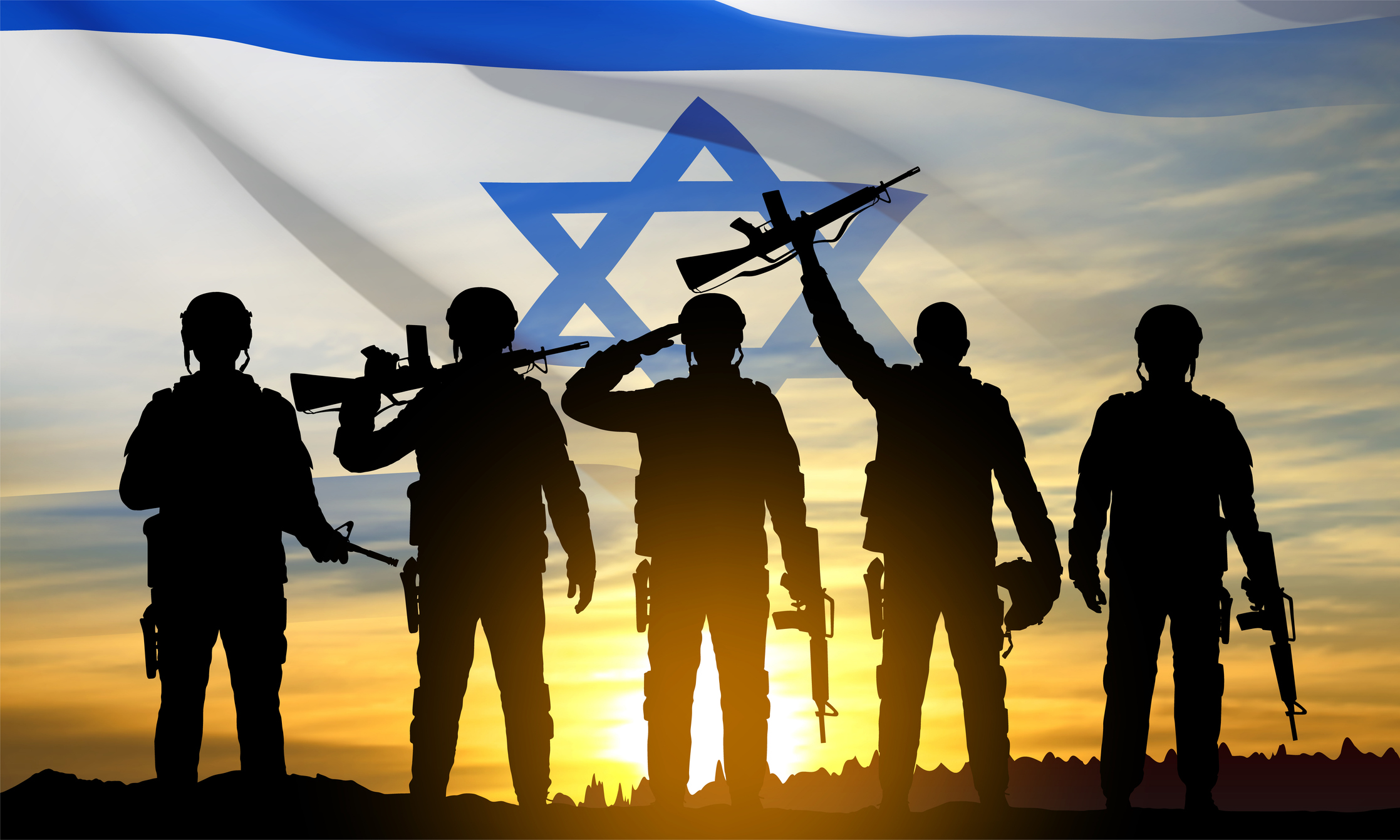

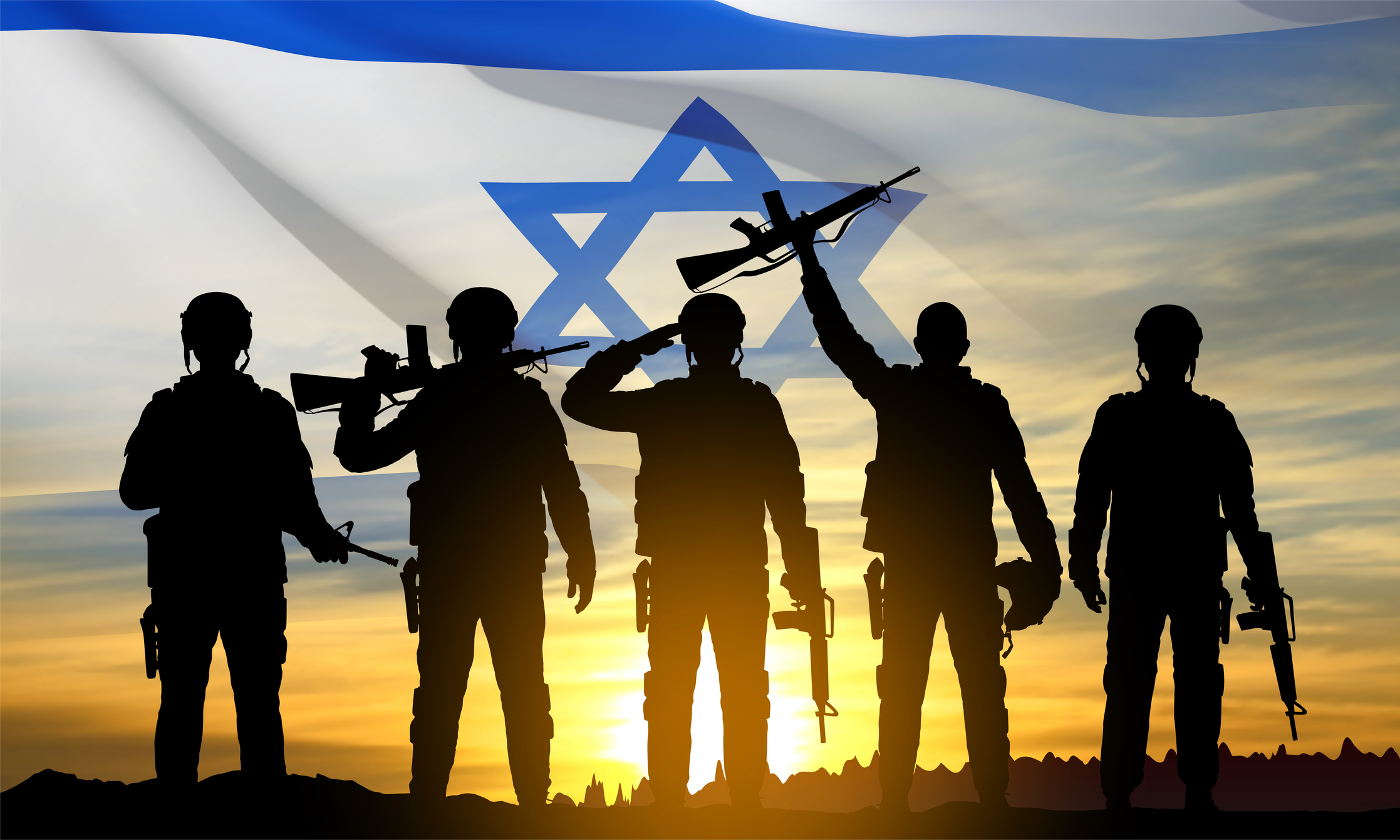
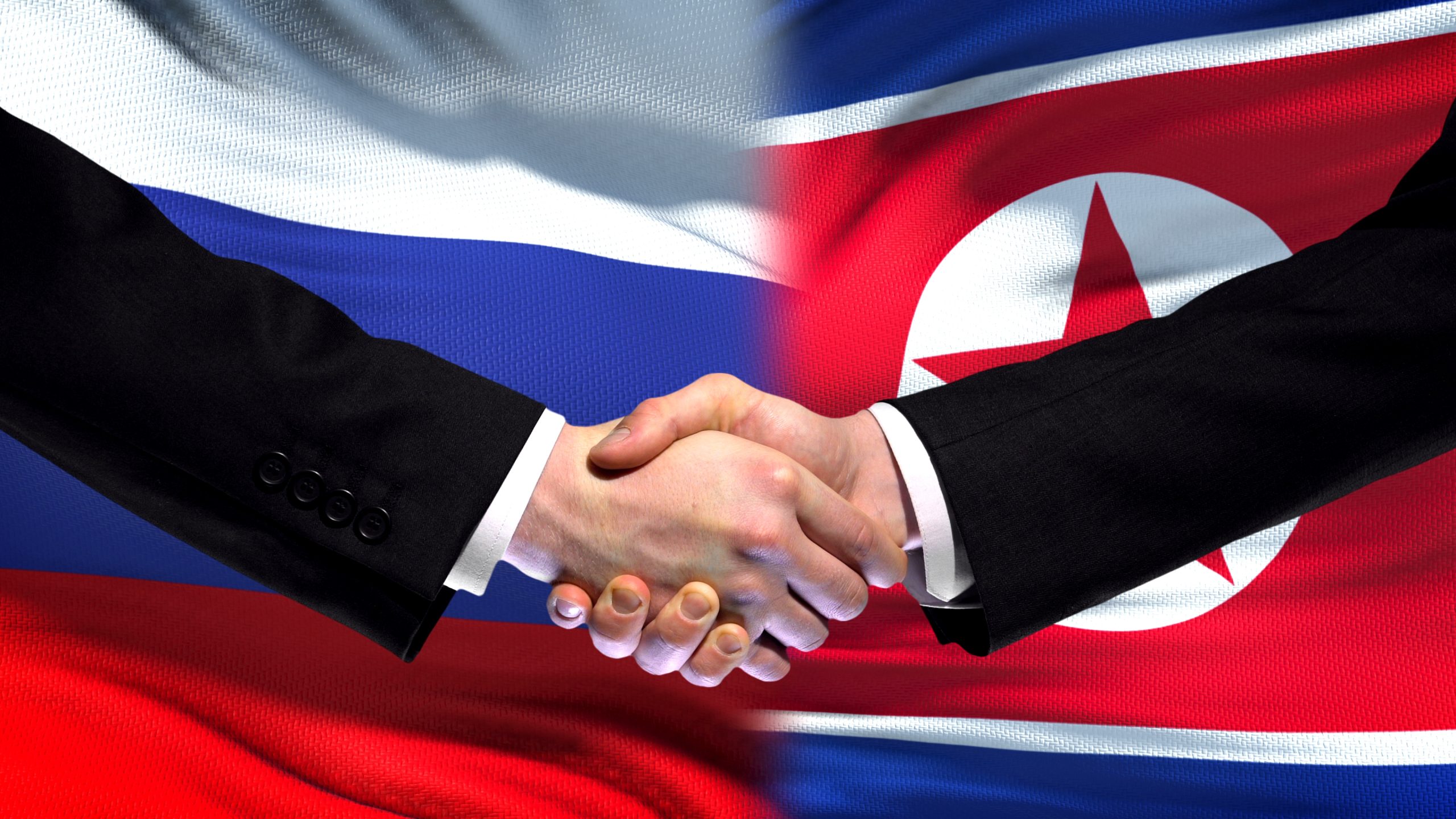

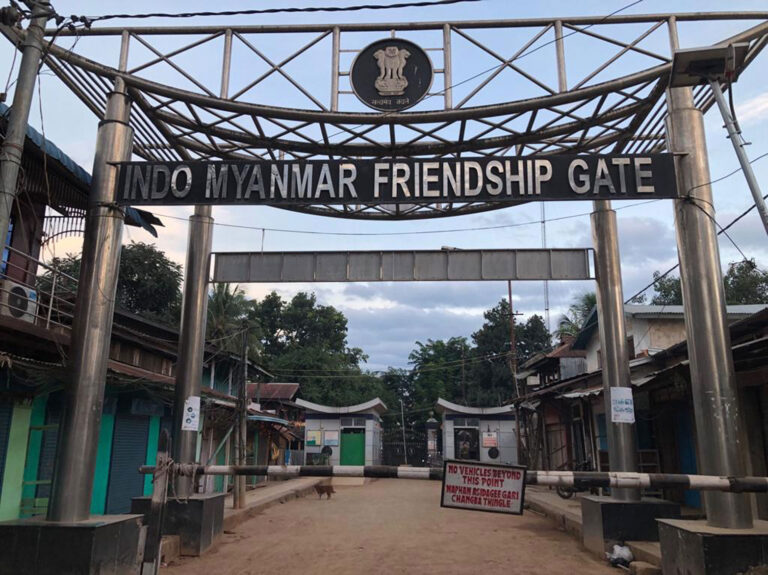






POST COMMENTS (1)
Molik Sharma